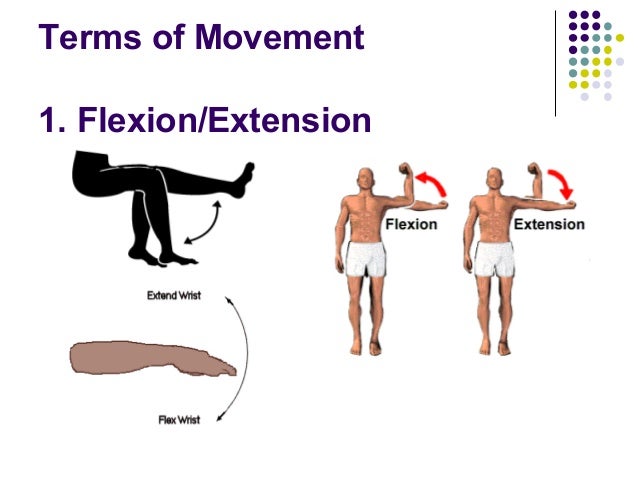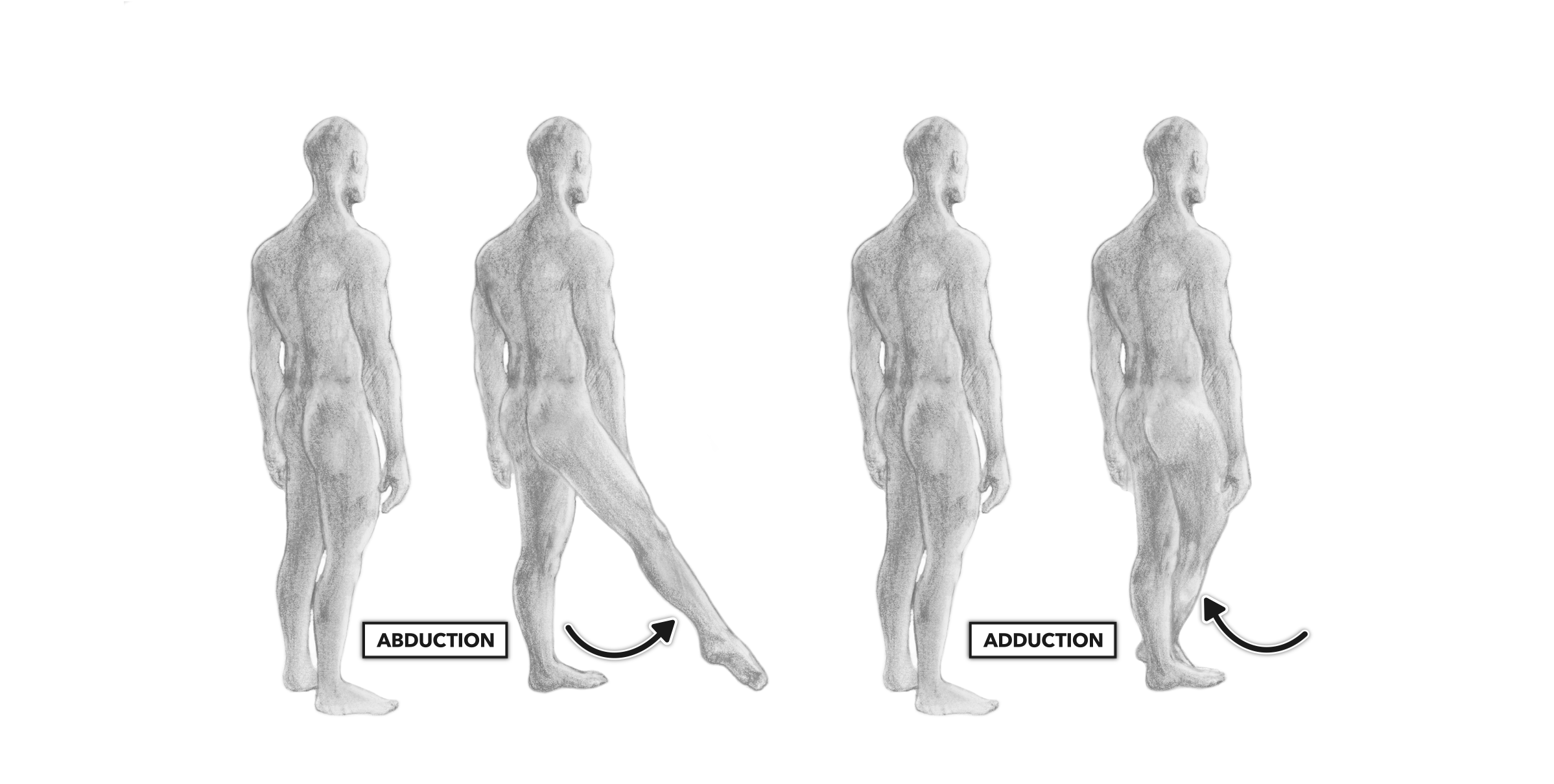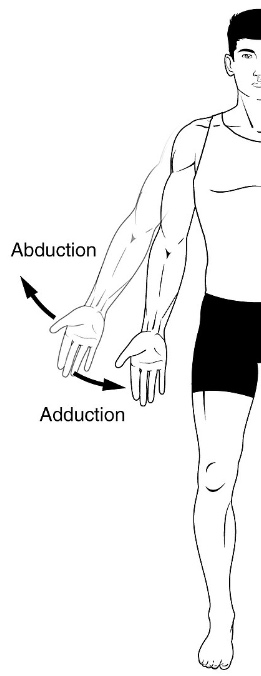
Working these muscles with abduction exercises will help ensure you have good muscle balance and mobility. And in the upper body, the abduction muscles are the supraspinatus, deltoids, and upper traps. In the lower body, the abductors include the gluteus maximus and minimus as well as the tensor fasciae latae, Weiss says. “It is especially beneficial to have strong adductors for a stronger squat, and for all cutting and change-of-direction activities,” she adds. In the lower body they help stabilize your hips and pelvis, Fleites says, while in the upper body they help you maintain good posture and shoulder stability. For the upper body, Erven points to pull-ups, which adduct or draw in your upper arms and shoulder blades.Īdduction exercises play a role in your body’s overall strength and balancing skills.

Try exercises like the side-lying hip adduction, gluteal bridges where you squeeze an exercise ball between your thighs, and Copenhagen side planks to work your hip adductors, she says. There are plenty of adduction moves to choose from, notes Janelle Fleites, PT, DPT, a doctor of physical therapy and owner of Impact Physical Therapy and Sports Performance.
ABDUCTION ADDUCTION PLUS
On the plus side, “you can strengthen them both by adding adduction exercises into your routine for more stability from the inside out,” says Weiss. The adductor muscles are strongly connected to the core, Erven says, so if you have a weak core you likely also have weak adductors. There are also four main adductor muscles in the upper body that help bring the arms back in: the pectoralis major, lattissimus dorsi, teres major, and teres minor, Weiss explains. This is a group of five muscles in the lower body located near the thighs: the adductor longus, adductor brevis, adductor magnus, gracilis, and pectineus. The Benefits Of Adduction ExercisesĪdduction exercises work the muscles that are, well, called the “adductors,” Weiss says. Read on for more on the differences between abduction and adduction exercises and how each can benefit your workout routine.

Weiss points to single-leg raises and lateral arm raises as examples of abduction. “This is the action of the leg or arm leaving the midline,” he tells Bustle.

Weiss, DPT, a doctor of physical therapy and founder of Bodhizone Human Performance. It’s also possible to adduct your arms as well as your shoulder blades, she says, by doing exercises that pull them down and in.Ībduction is the exact opposite of that, says Dr. To put it simply, adduction means to “pull into the body” while abduction means to “draw away from the body,” says Wendy Erven, a certified personal trainer, Pilates instructor, and founder of Core10 Pilates.Īn adduction exercise is any movement where your limbs come back in, like when you squeeze an exercise ball between your thighs. One involves movements that pull inwards and the other involves pushing away. While adduction and abduction exercises can easily sound like the same thing, they’re actually opposite motions that have totally different effects on the body.


 0 kommentar(er)
0 kommentar(er)
